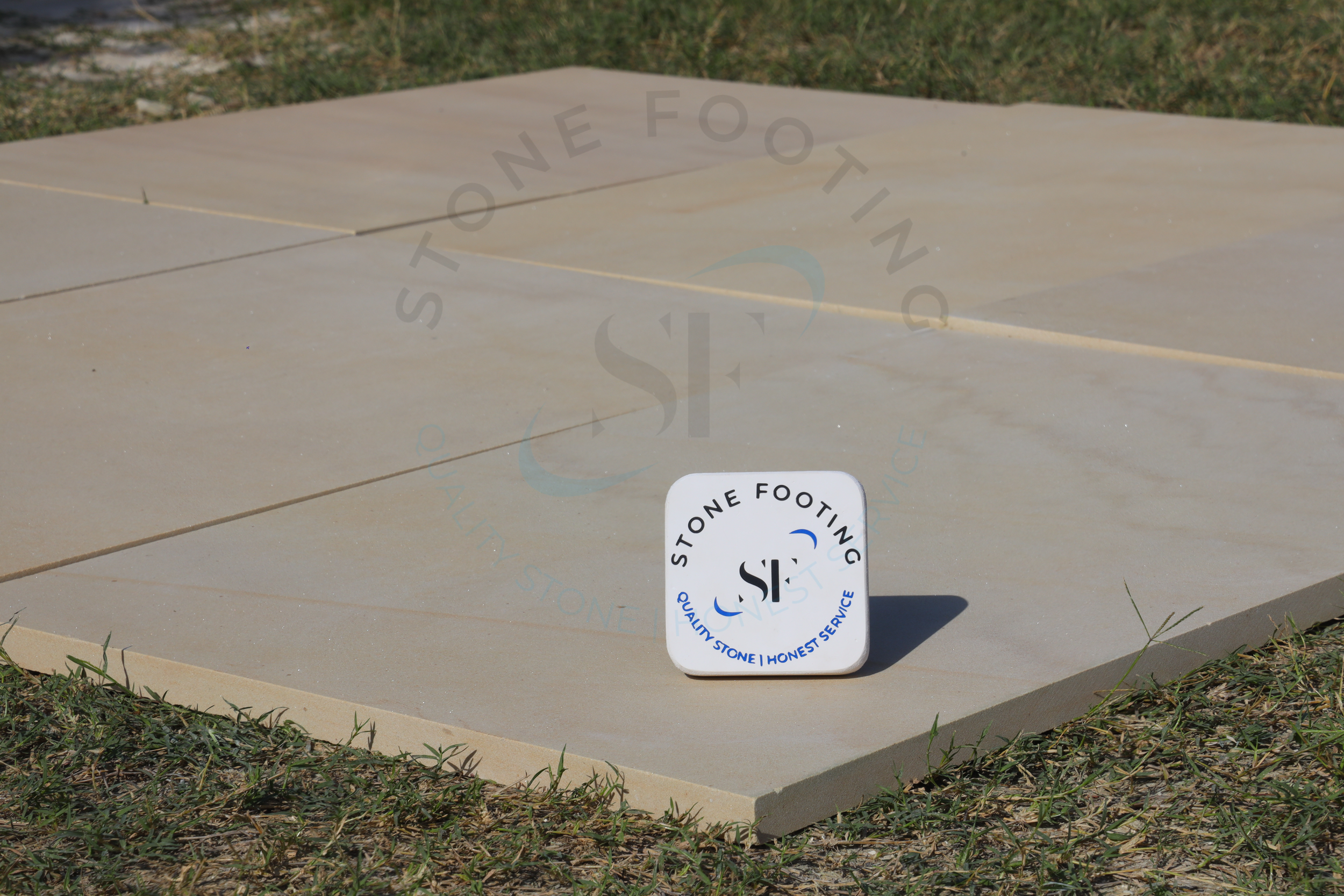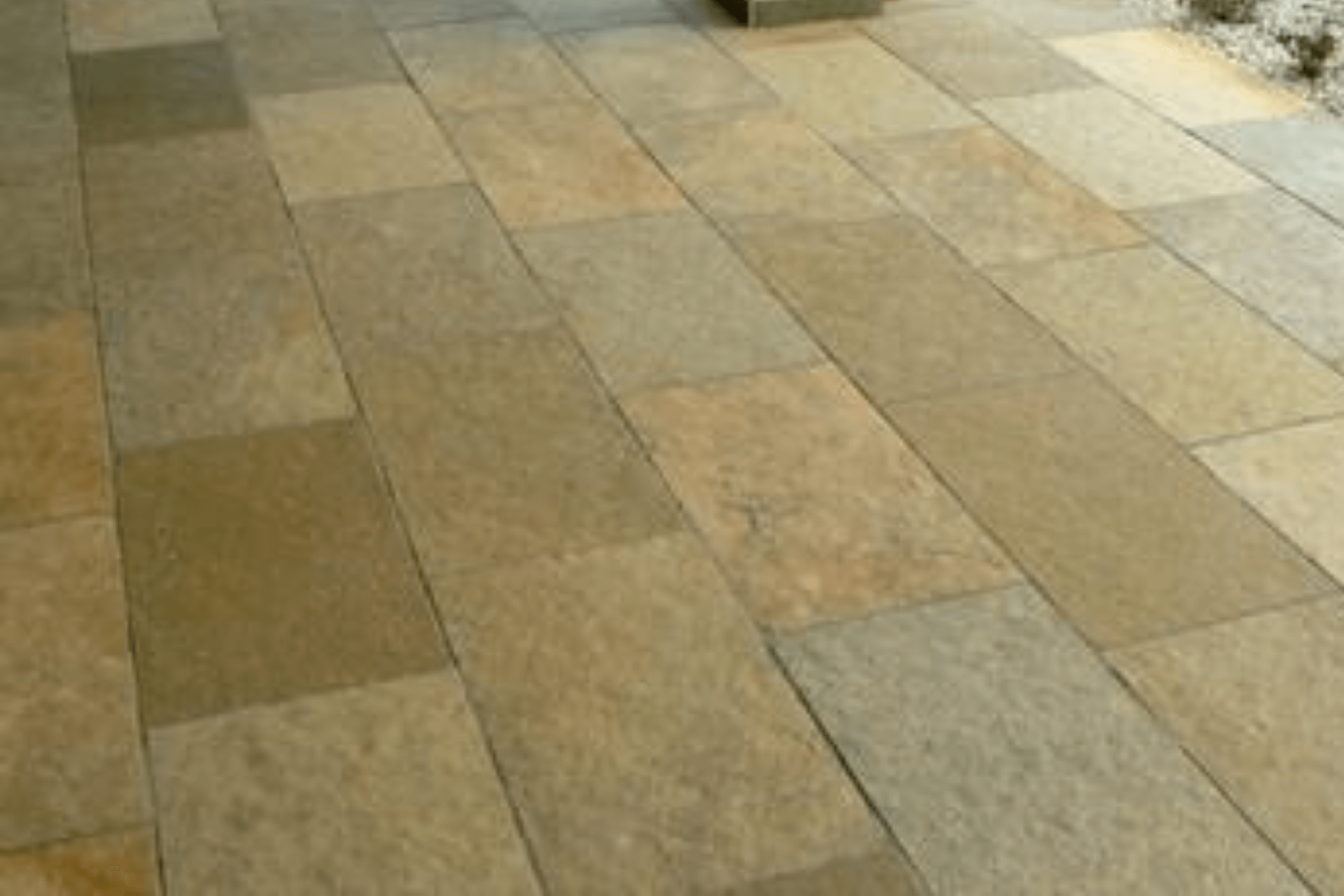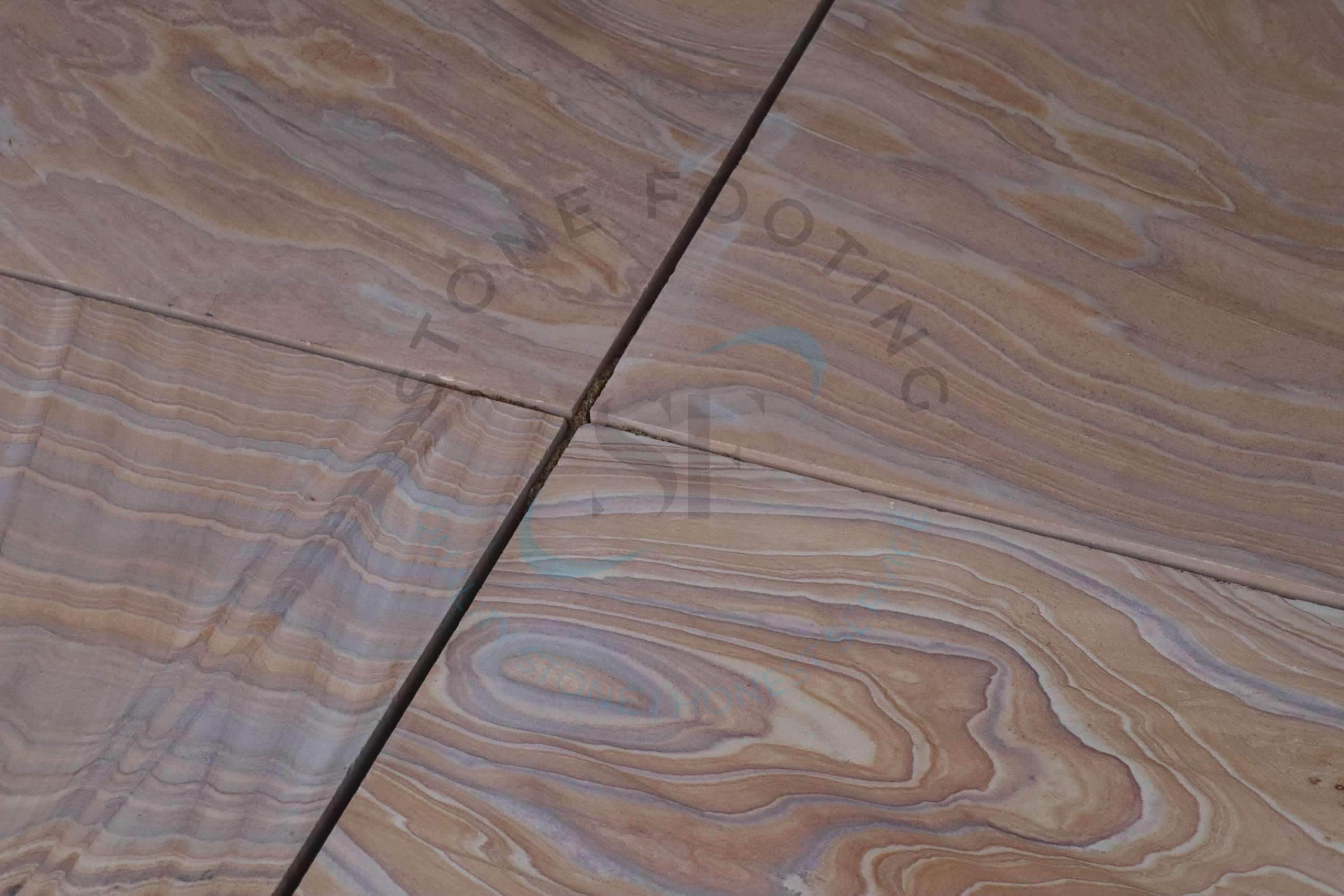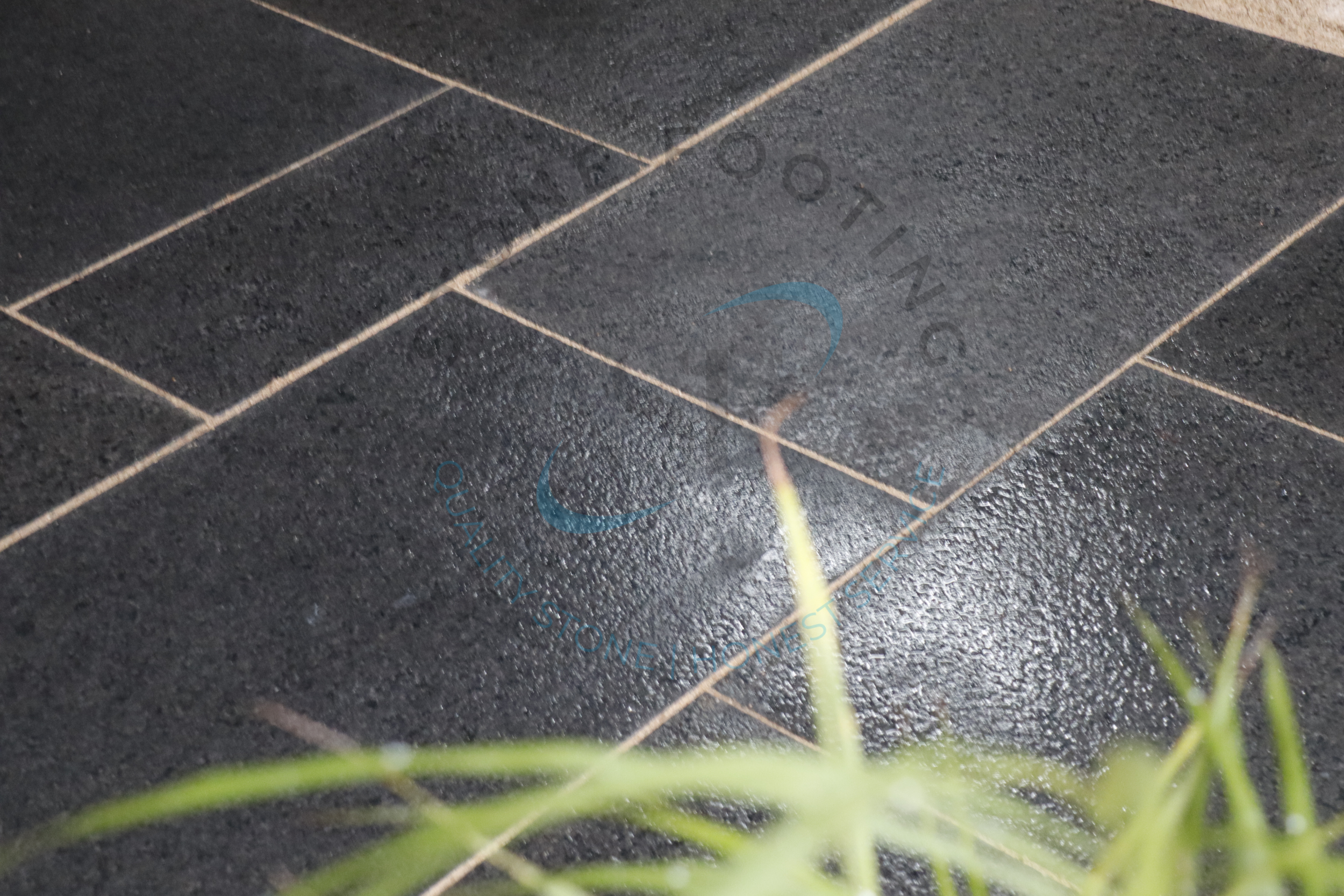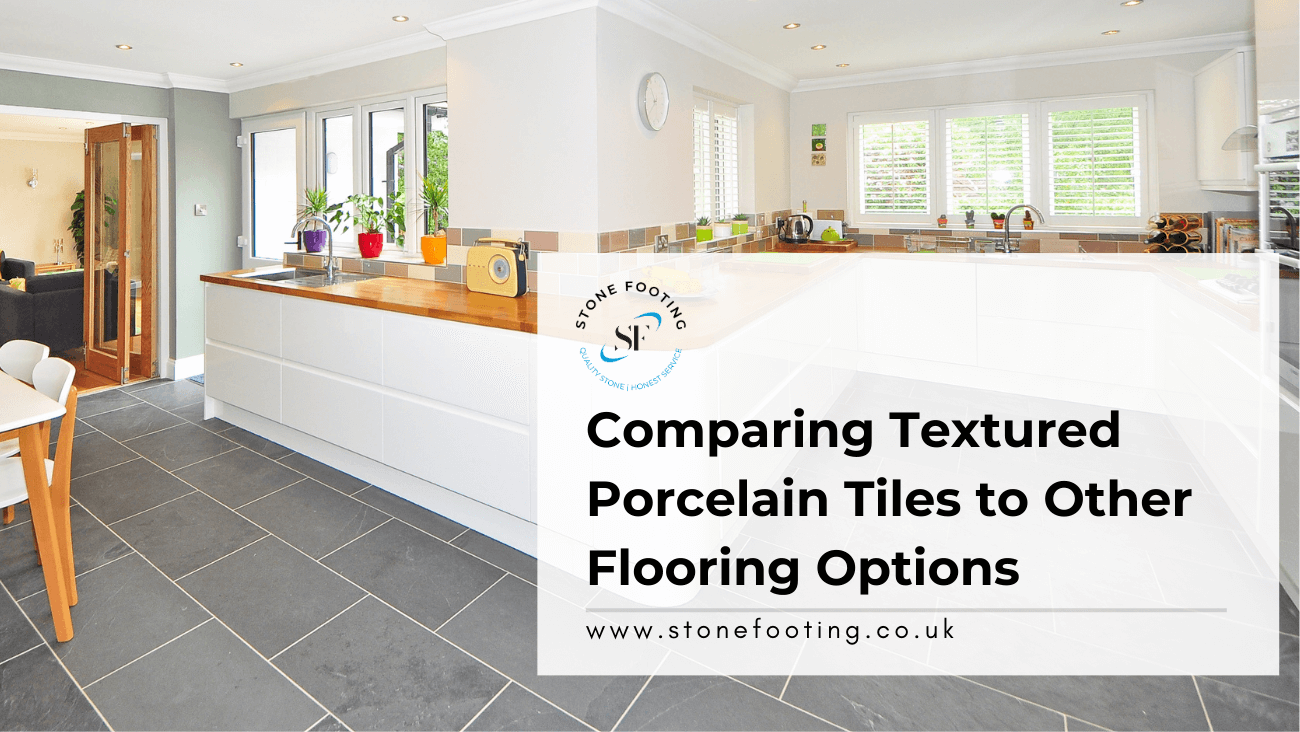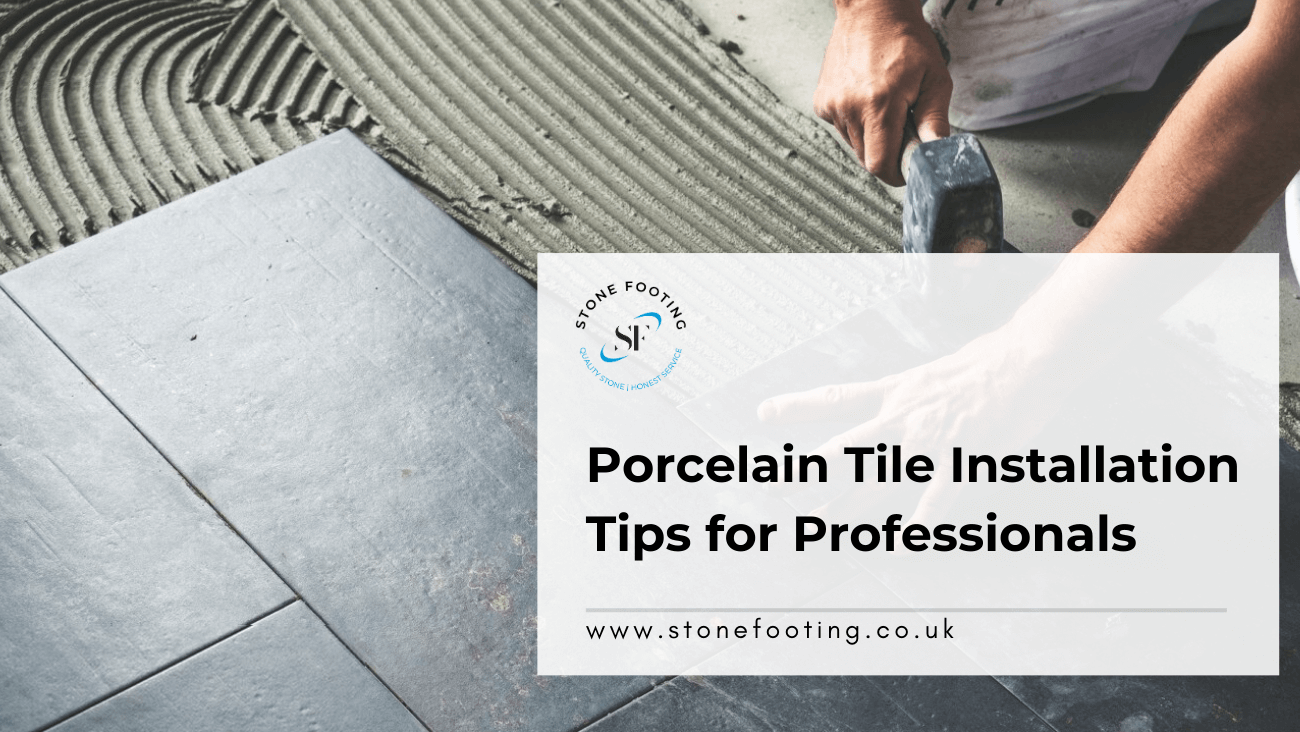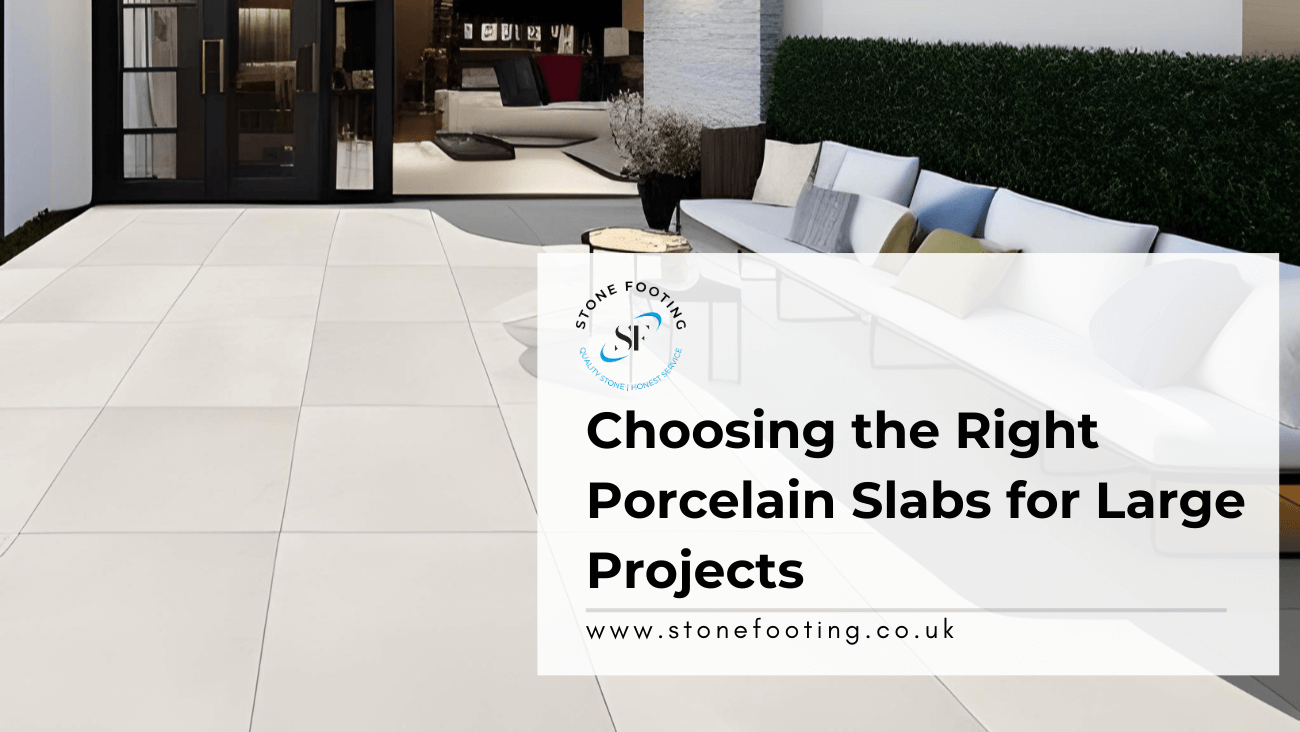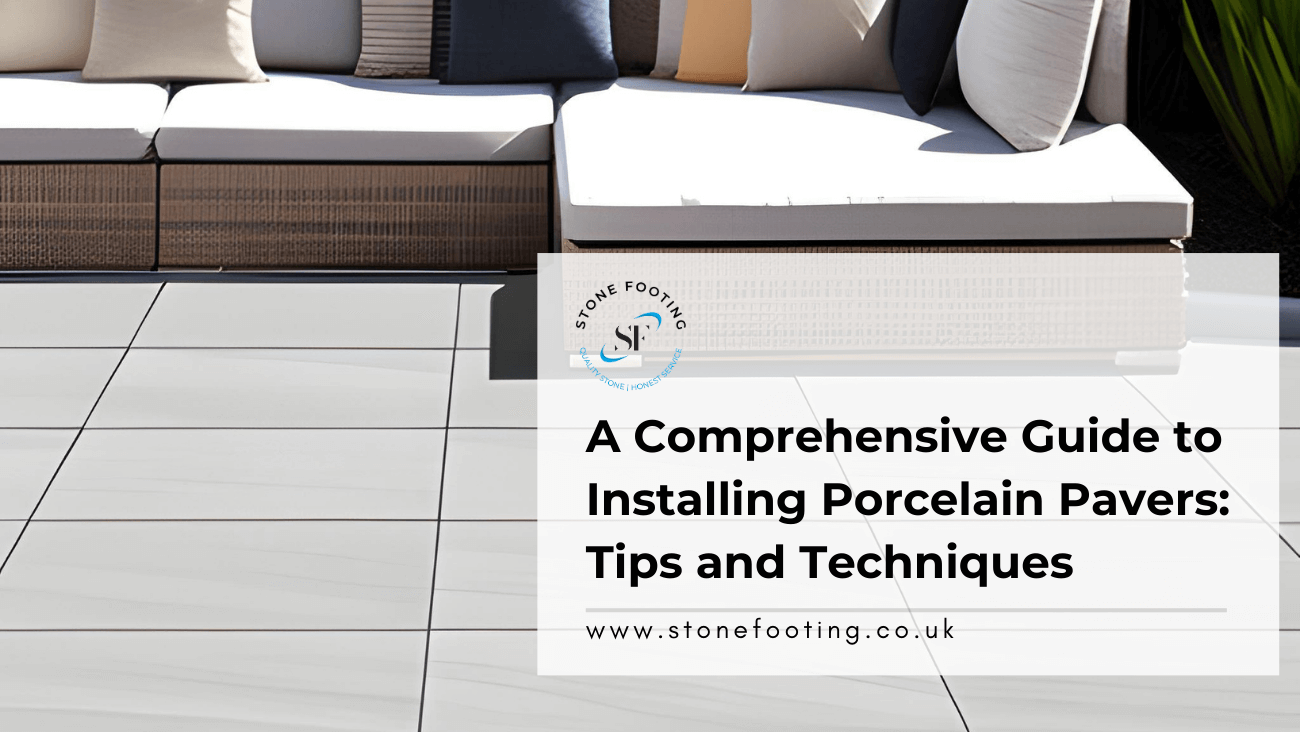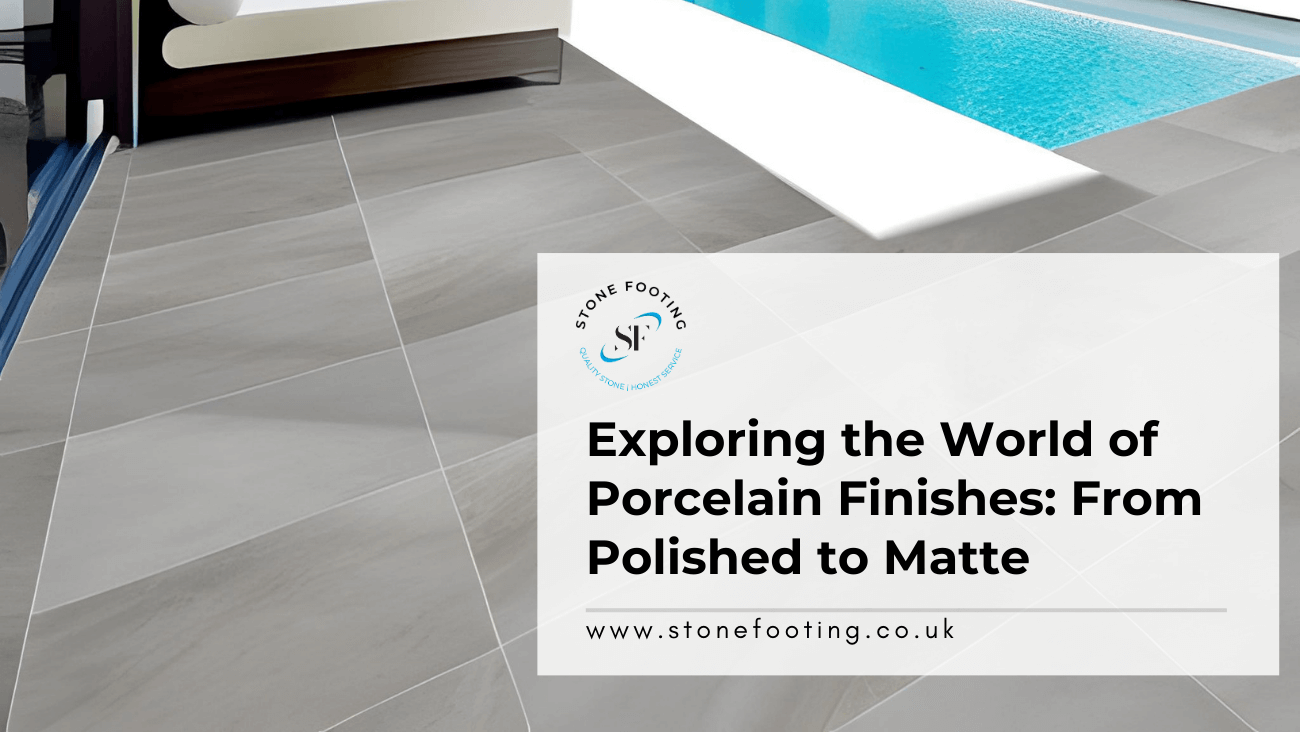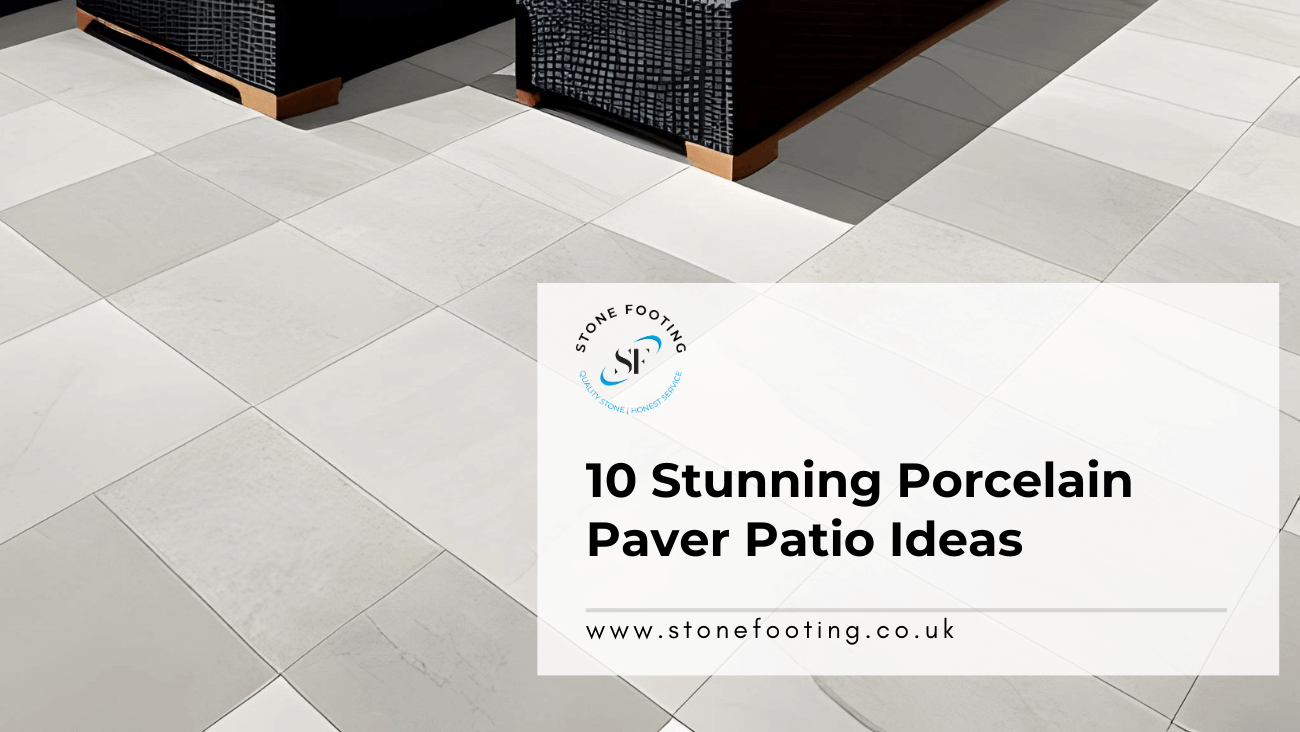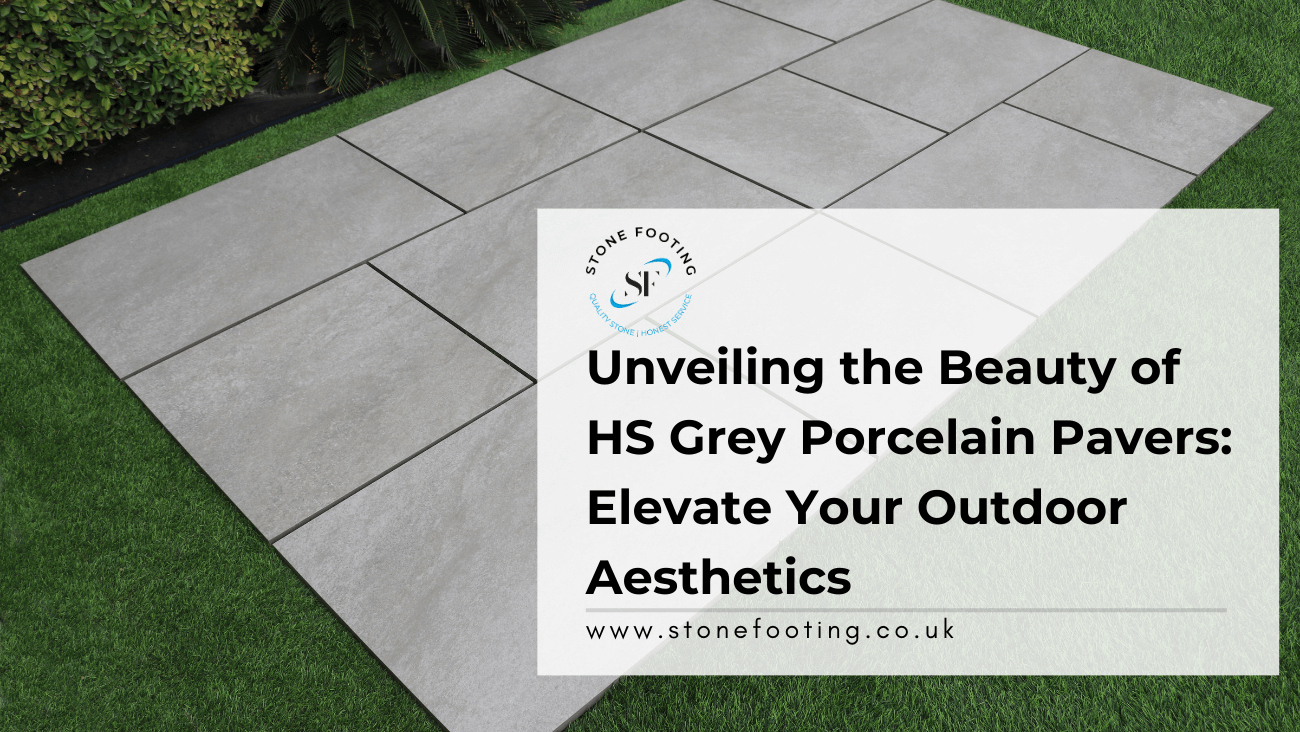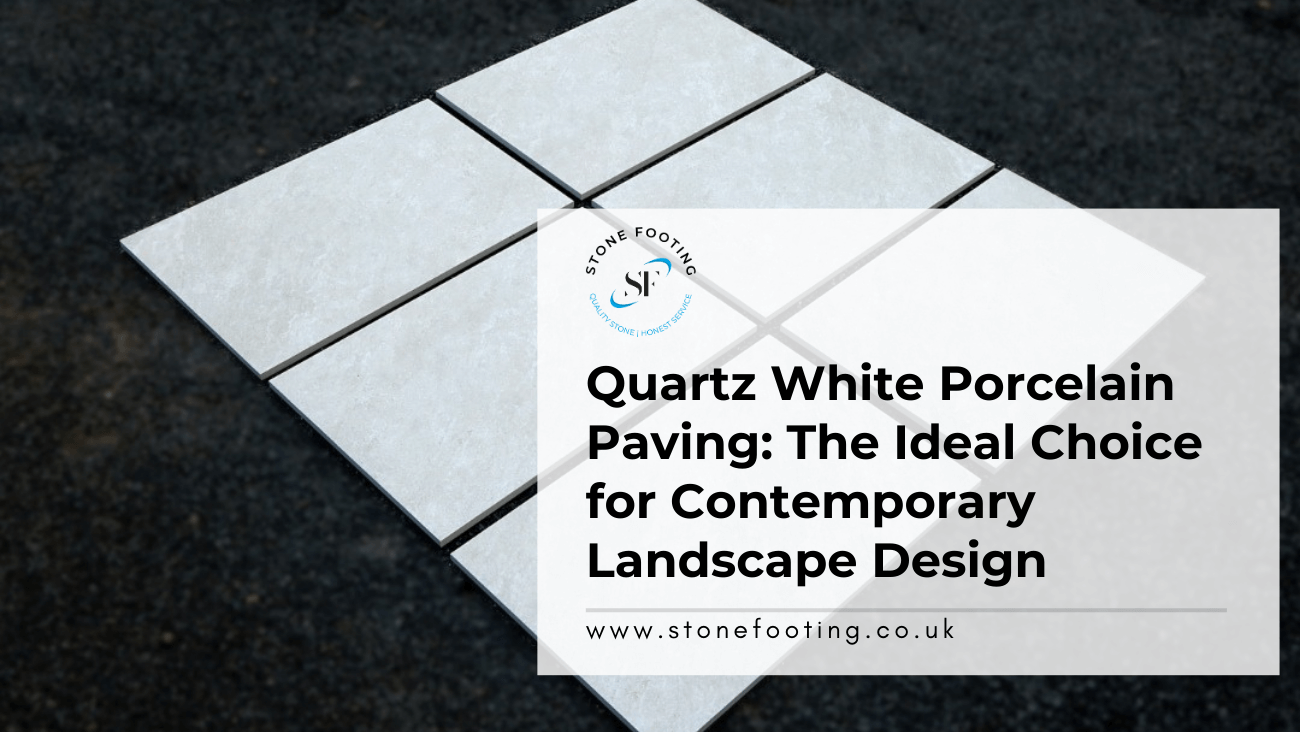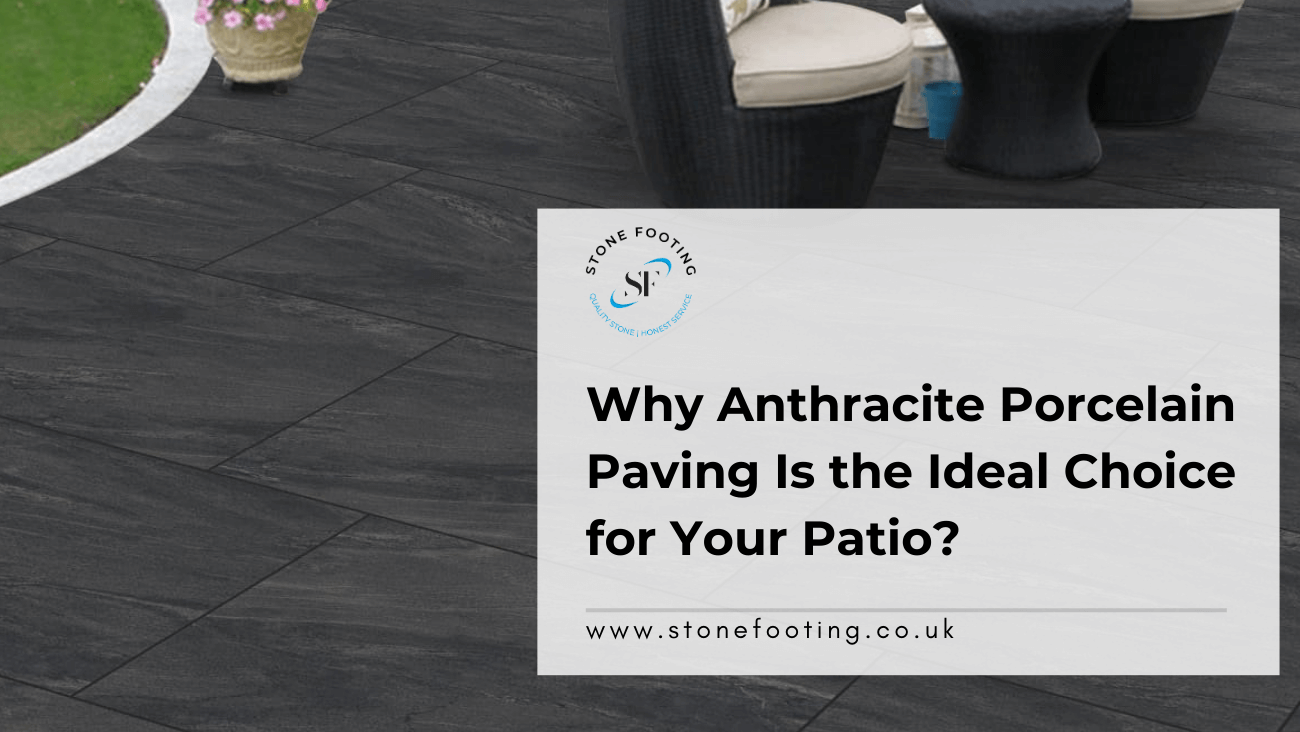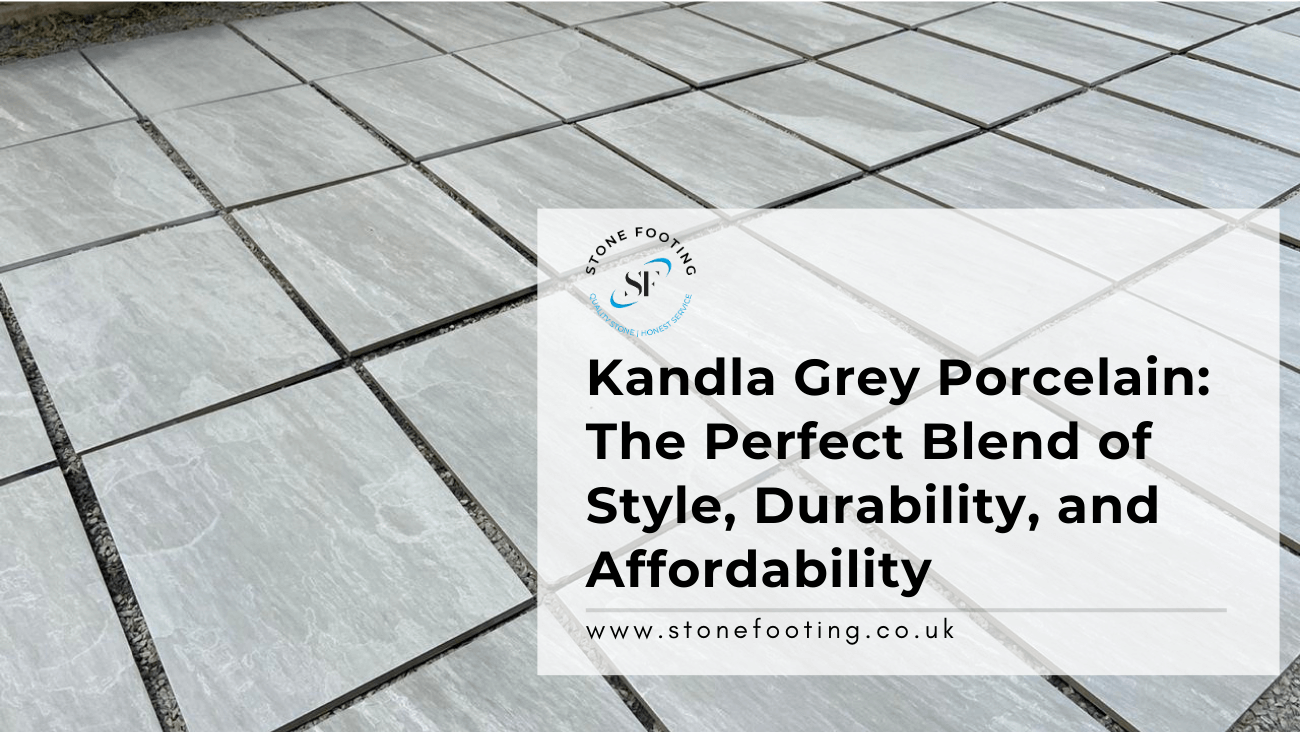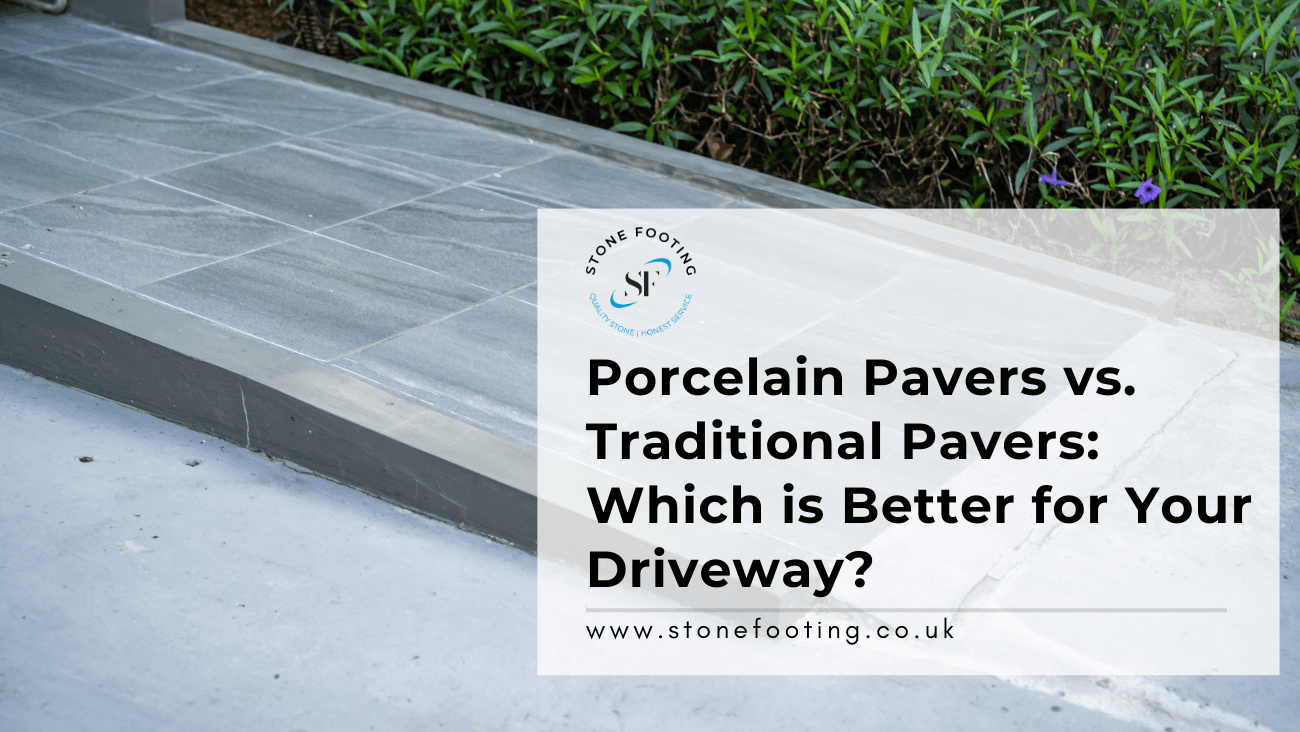Difference Between Porcelain, Limestone, Sandstone And Granite
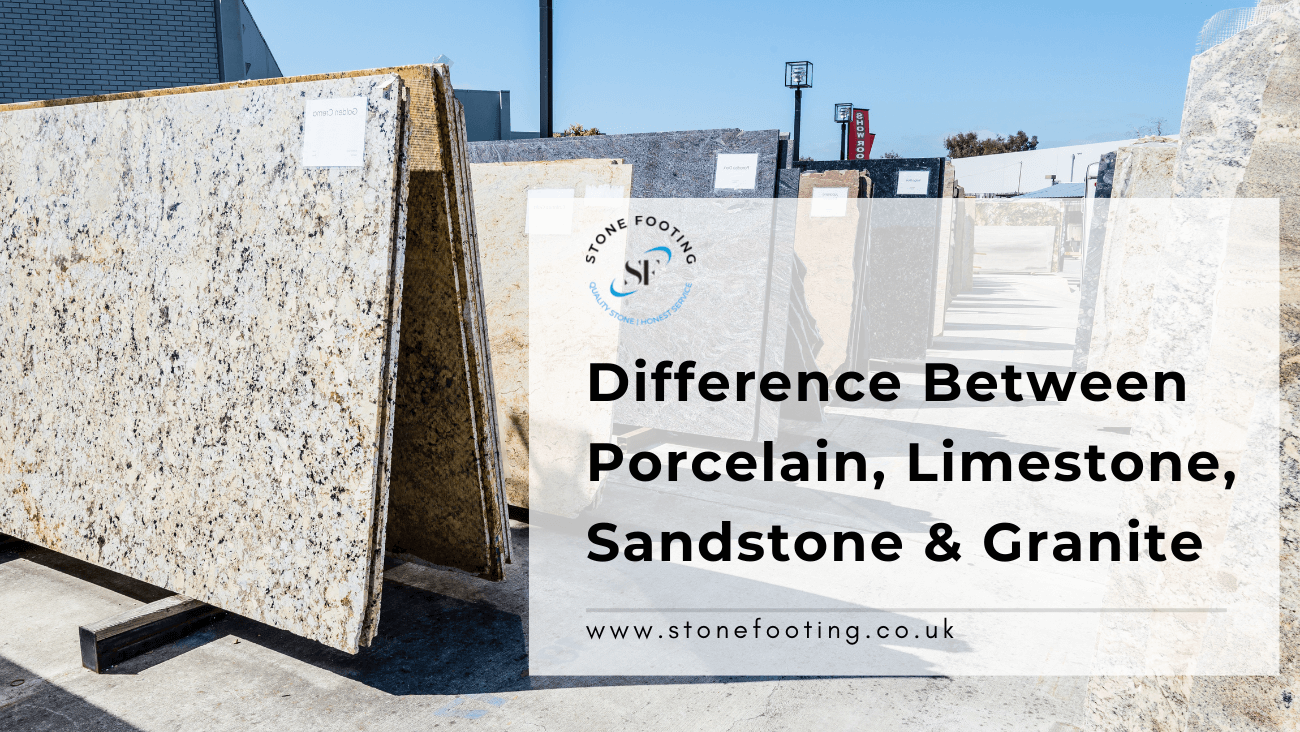
There are numerous types of natural stone and porcelain that is used to increase the beauty of your space. On the one hand, natural stone is quarried from the earth and is an organic rock. Moreover, it is commonly used for decorative or building purposes. Contrary to it, porcelain is a strong, shiny and translucent ceramic material.
Porcelain, limestone, sandstone, and granite are all types of natural stone that can be used for various applications, such as flooring, countertops, and wall cladding. Here is a brief overview of the main differences between these materials:
1. Porcelain
Porcelain is a type of ceramic material that is made by firing clay at high temperatures. It is known for its durability, resistance to moisture, and low porosity. Porcelain tiles are available in a wide range of colors, patterns, and finishes, making them a popular choice for both indoor and outdoor applications. Porcelain is a relatively hard and dense material, making it resistant to scratches and stains.
Merits, demerits and properties of porcelain
Some of the main advantages or merits of porcelain include:
- High strength and durability: Porcelain is a very strong and hard material, making it resistant to chipping, cracking, and breaking. It is also resistant to staining, making it a popular choice for use in kitchen and bathroom applications.
- Non-porous: Porcelain is a non-porous material, meaning it does not absorb liquids or stains. This makes it easy to clean and maintain, and it also makes it resistant to bacteria and germs.
- Versatility: Porcelain can be used in a variety of applications, including tiles, countertops, sinks, and bathroom fixtures. It can also be molded into a variety of shapes and sizes, making it a versatile choice for a wide range of projects.
- Aesthetic appeal: Porcelain has a smooth, glossy finish that is highly prized for its aesthetic appeal. It is available in a range of colors and patterns, making it easy to find a style that suits your tastes.
Some of the main disadvantages or demerits of porcelain include:
- Cost: Porcelain can be more expensive than other types of ceramic materials, particularly when used in large quantities or for custom projects.
- Difficulty of cutting and installation: Porcelain can be difficult to cut and install, especially for DIY projects. It requires special tools and techniques, and it is brittle, which makes it prone to cracking if not handled properly.
- Susceptibility to scratching: While porcelain is resistant to staining and scratching, it is not completely immune to these types of damage. It can be scratched by sharp objects or abrasive materials, and it may require occasional sealing to maintain its smooth finish.
Overall, porcelain is a high-quality and durable material that is well-suited for a variety of applications. Its main drawbacks are its cost and the difficulty of cutting and installing it, but these can be offset by its many benefits, including its strength, non-porous nature, versatility, and aesthetic appeal.
Limestone
Limestone is widely used as a natural stone for building and decorative purposes, and it is also a valuable resource for the production of cement, lime, and other industrial products.
Merits, demerits and properties of limestone:
Some of the main advantages or merits of limestone include:
- Appearance: Limestone is a naturally attractive material, with a range of colors and textures that can add visual appeal to a variety of applications.
- Durability: Limestone is resistant to weathering and erosion, making it a durable choice for outdoor applications.
- Versatility: Limestone can be used in a variety of applications, including flooring, countertops, walls, and outdoor surfaces. It can also be cut and shaped into a range of sizes and styles to suit different design needs.
- Sustainability: Limestone is a natural and renewable resource, and it is widely available in many parts of the world. Its extraction and processing have a relatively low environmental impact compared to other building materials.
Some of the main disadvantages or demerits of limestone include:
- Softness and porosity: Limestone is a relatively soft and porous natural stone, which makes it prone to staining and scratching. It requires regular cleaning and sealing to protect it from stains and damage.
- Acid sensitivity: Limestone is sensitive to acidic substances, which can etch or corrode the surface. This can be a problem in certain environments or with certain types of use.
- Limited availability: Some types of limestone are more rare or hard to find, which can limit its availability and increase its cost.
Overall, limestone is a popular and attractive natural stone that is widely used for building and decorative purposes. Its main drawbacks are its softness and porosity, which require regular maintenance to keep it looking its best, and its sensitivity to acidic substances. Despite these limitations, it is a durable and sustainable material that can be used in a variety of applications.
Sandstone
Sandstone is a type of sedimentary rock that is composed of small grains of sand that have been cemented together by various minerals, such as quartz, calcite, or feldspar. It is typically found in desert environments, where it is formed from the accumulation and consolidation of sand dunes over time. Sandstone is widely used as a building material, and it is also prized for its natural beauty and durability.
Merits, demerits and properties of sandstone:
Some of the main advantages or merits of sandstone include:
- Appearance: Sandstone is a naturally attractive material, with a range of colors and textures that can add visual appeal to a variety of applications.
- Durability: Sandstone is a relatively hard and durable natural stone, making it resistant to weathering and erosion. It is also resistant to staining, making it a popular choice for outdoor surfaces and decorative applications.
- Versatility: Sandstone can be used in a variety of applications, including flooring, wall cladding, paving, and decorative features. It can also be cut and shaped into a range of sizes and styles to suit different design needs.
- Sustainability: Sandstone is a natural and renewable resource, and it is widely available in many parts of the world. Its extraction and processing have a relatively low environmental impact compared to other building materials.
Some of the main disadvantages or demerits of sandstone include:
- Softness and porosity: Sandstone is a relatively soft and porous natural stone, which makes it prone to staining and scratching. It requires regular cleaning and sealing to protect it from stains and damage.
- Acid sensitivity: Sandstone is sensitive to acidic substances, which can etch or corrode the surface. This can be a problem in certain environments or with certain types of use.
- Limited availability: Some types of sandstone are more rare or hard to find, which can limit its availability and increase its cost.
Overall, sandstone is a popular and attractive natural stone that is widely used for building and decorative purposes. Its main drawbacks are its softness and porosity, which require regular maintenance to keep it looking its best, and its sensitivity to acidic substances. Despite these limitations, it is a durable and sustainable material that can be used in a variety of applications.
Granite
Granite is a type of igneous rock that is composed of feldspar, quartz, and mica. It is formed from the solidification of molten magma below the earth’s surface, and it is known for its hard and durable nature. Granite is widely used as a building material, particularly for countertops, flooring, and outdoor surfaces, and it is also prized for its natural beauty and durability.
Merits, demerits and properties of granite
Some of the main advantages or merits of granite include:
- Appearance: Granite is a naturally attractive material, with a range of colors and patterns and a distinctive grainy texture. It can have a polished or matte finish, depending on the desired look.
- Durability: Granite is a hard and durable natural stone, making it resistant to weathering and erosion, as well as staining and scratching. It is also resistant to heat, making it a popular choice for kitchen countertops.
- Versatility: Granite can be used in a variety of applications, including countertops, flooring, walls, and outdoor surfaces. It can also be cut and shaped into a range of sizes and styles to suit different design needs.
- Sustainability: Granite is a natural and renewable resource, and it is widely available in many parts of the world. Its extraction and processing have a relatively low environmental impact compared to other building materials.
Some of the main disadvantages or demerits of granite include:
- Cost: Granite can be more expensive than other types of building materials, particularly when used in large quantities or for custom projects.
- Difficulty of installation: Granite is a heavy and brittle material, which can make it difficult to install, especially for DIY projects. It requires special tools and techniques, and it is prone to cracking if not handled properly.
- Maintenance: While granite is resistant to staining and scratching, it may require occasional sealing to maintain its smooth finish. It should also be protected from acidic substances, which can etch or corrode the surface.
Overall, granite is a popular and attractive natural stone that is widely used for building and decorative purposes. Its main drawbacks are its cost and the difficulty of installation, but these can be offset by its many benefits, including its appearance, durability, versatility, and sustainability.
What is the difference between Porcelain, limestone, sandstone and granite
Porcelain, limestone, sandstone, and granite are all types of natural or man-made materials that are commonly used for building and decorative purposes. They have some similarities, but they also have some key differences that make them more or less suitable for certain applications. Here are some of the main differences between these materials:
- Composition: Porcelain is a type of ceramic material that is made from kaolin, feldspar, and quartz, and it is fired at high temperatures to produce a strong, hard, and non-porous material. Limestone is a sedimentary rock that is composed mainly of calcium carbonate (CaCO3). Sandstone is a sedimentary rock that is composed of small grains of sand that have been cemented together by various minerals. Granite is an igneous rock that is composed of feldspar, quartz, and mica.
- Appearance: Porcelain is known for its smooth, glossy finish, and it is available in a range of colors and patterns. Limestone can have a range of colors, including white, gray, yellow, and brown, and it can have a variety of textures and patterns depending on the type of fossilized material it contains. Sandstone can have a range of colors, including white, pink, red, yellow, and brown, and it can have a range of textures, from smooth and polished to rough and grainy. Granite is also available in a range of colors and patterns, and it is known for its distinctive grainy texture.
- Durability: Porcelain is a very strong and hard material, making it resistant to chipping, cracking, and breaking. It is also resistant to staining, making it a popular choice for use in kitchen and bathroom applications. Limestone is a relatively soft and porous natural stone, which makes it prone to staining and scratching. However, it is also resistant to weathering and erosion, making it a durable choice for outdoor applications. Sandstone is a relatively hard and durable natural stone, making it resistant to weathering and erosion. It is also resistant to staining, making it a popular choice for outdoor surfaces and decorative applications. Granite is a hard and durable natural stone, making it resistant to weathering and erosion, as well as staining and scratching.
- Maintenance: Porcelain is a non-porous material, which makes it easy to clean and maintain. It does not require sealing or other special maintenance. Limestone requires regular cleaning and sealing to maintain its appearance and protect it from stains and damage. It should be protected from acidic substances, which can etch or corrode the surface. Sandstone also requires regular cleaning and sealing to maintain its appearance and protect it from stains and damage. It should also be protected from acidic substances. Granite is resistant to staining and scratching, but it may require occasional sealing to maintain its smooth finish.
Overall, porcelain, limestone, sandstone, and granite are all materials with different properties and characteristics that make them more or less suitable for different applications. Porcelain is a strong and non-porous material that is well-suited for use in kitchen and bathroom applications, while limestone, sandstone, and granite are more porous and require more maintenance, but they are also more durable and suitable for outdoor use.
There are many options on the market today for natural stone products, and each one offers something a little different. However, finding the perfect option is not always as easy as it seems. Many people do not know where to begin looking for these kinds of products. Luckily, Stone Footing have taken the time to make a good selection of these products available so that you can easily find what you need.
Frequently Asked Questions
Q. Which is best granite or porcelain?
In general, granite is considered to be a more durable and long-lasting material than porcelain. However, porcelain is often more affordable than granite and may be a better choice for some applications, such as in areas with heavy foot traffic or in areas where the material is likely to be exposed to moisture or stains. Ultimately, the best choice will depend on your specific needs and budget.
Q. Which is stronger granite or sandstone?
Granite is generally considered to be stronger than sandstone. It is a hard, dense, and durable rock that is resistant to weathering and wear. It is also less porous than sandstone, which means it absorbs less water and is less prone to damage from freeze-thaw cycles.
Q. Which is better limestone or porcelain?
In general, porcelain is considered to be a more durable and long-lasting material than limestone. Porcelain is also more resistant to stains and moisture, which makes it a good choice for areas with heavy foot traffic or where the material may be exposed to spills or splashes. However, limestone may be a better choice for certain applications, such as in areas where a natural, rustic look is desired, or where the material is not likely to be subjected to heavy wear or moisture. Ultimately, the best choice will depend on your specific needs and budget.

